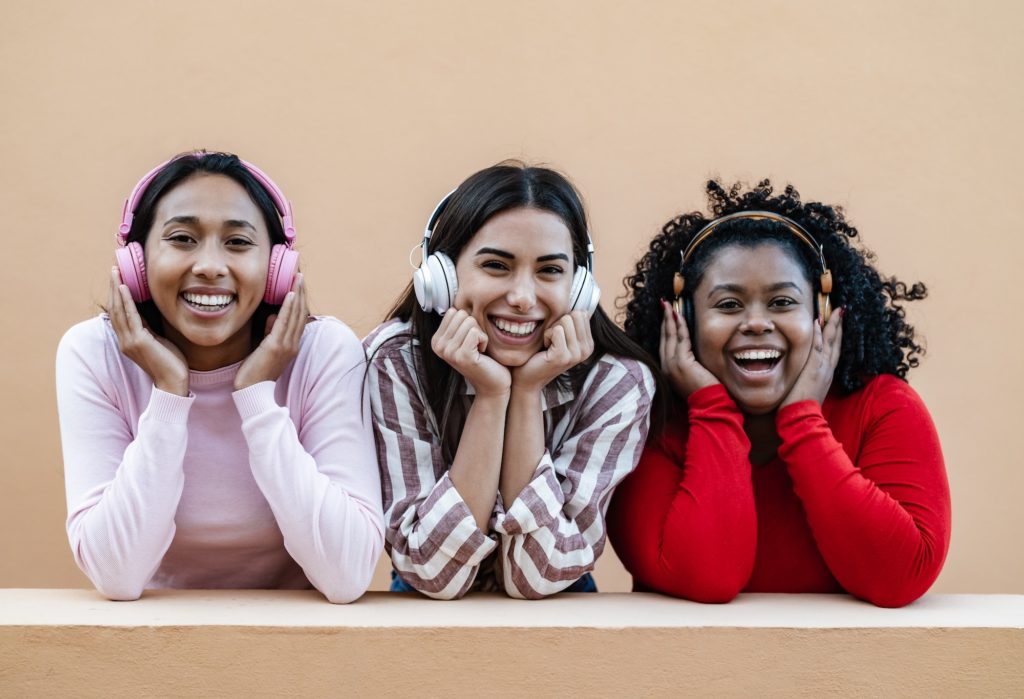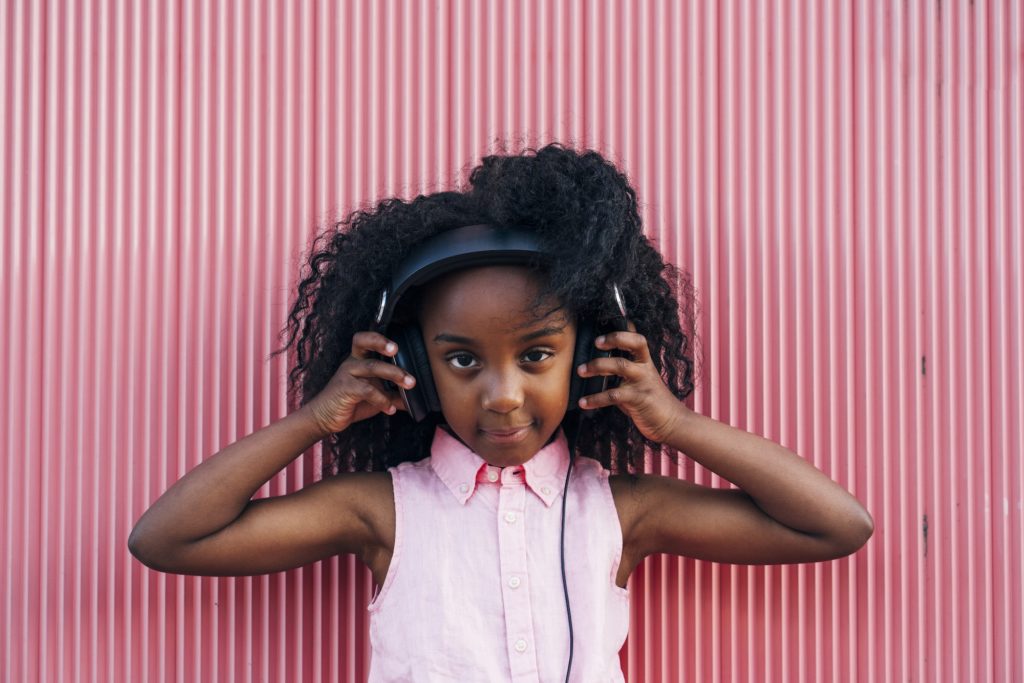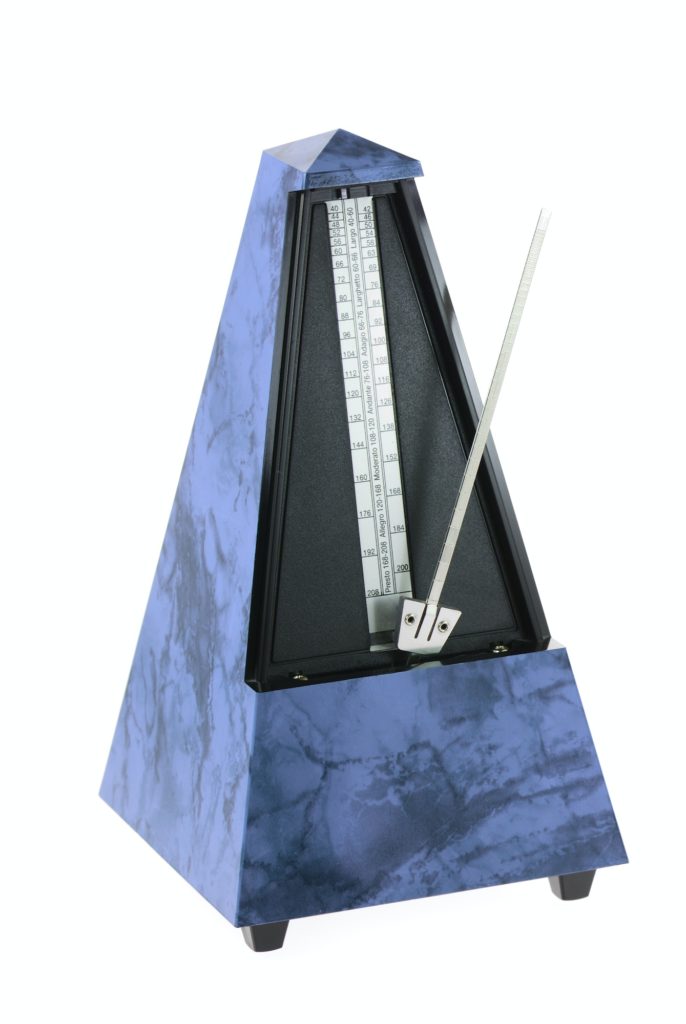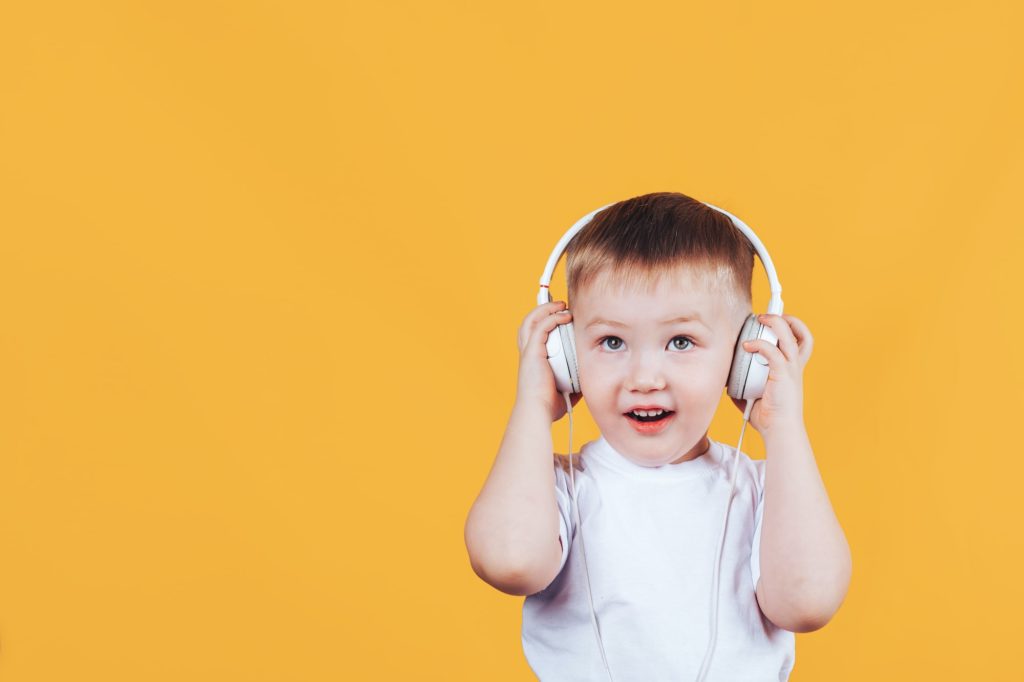Play 50 Questions For Active Listening, Part One
BY MEGHAN VANCE • AUGUST 7, 2023
Music is all around us. Music is used to trigger a more intense physical workout, to set the mood at a restaurant, to calm babies, to dance to, and to revive fond memories. Even at the local grocery store, we hear music. We hear music all the time, but how well do we listen? For the music student, learning to listen carefully is crucial. In this article, we’ll focus on using active listening to improve your ability to really listen to music.

ACTIVE LISTENING
So, what is active listening? Masterclass.com defines it well: “In music, active listening refers to the conscious choice to focus on a piece of music undisturbed by other stimuli.” This means focusing on hearing the music, not merely absorbing it as background noise. Closing your eyes and using headphones can help you ignore those other stimuli. High-quality speakers or headphones can also help you listen to nuances in the music.
Begin with a little prep work: try to actively listen to the world around you. Close your eyes and simply listen for 1-5 minutes. You may want to make a list, either mental or written, of everything you can hear: traffic, people having conversations, birds singing, the wind blowing leaves down the street. Be as specific as you can. What kind of traffic is it? What age are the people? How far away is the bird? How fast are the leaves moving?
DBS Institute recommends listening to the world around you as “a great exercise for developing and improving your sensitivity to sound,” and suggests that once you’ve done that, to “Try applying this technique when revisiting some of your favourite albums and noticing how the experience changes.” Listen to a favorite song, then practice listening to the world around you for five minutes, and finally, return to your favorite song. What do you notice the second time that you missed the first time?

WHAT TO LISTEN FOR
After you make sure you’re actively listening, how do you know what to listen for? How can you use this skill to make you a better musician? Yale suggests that “Because everyday musical engagement often does not involve critical thinking, it is helpful to point students in the right direction. Ask a question before playing the musical example. Tell them a particular aspect of the piece to focus on.” It is important to listen to the song several times. Try focusing on a different aspect of the music or a different question each time you listen to the song.

In this set of articles, we’re giving you 50 questions to help you improve your skills as a musician. Even non-musicians can use many of these questions to learn about music and appreciate it more. In fact, Inside The Orchestra recommends listening activities for babies and toddlers: “You can help even the littlest ones tap out the tempo of each piece.” They also recommend modeling what to listen for: “When a new piece of music comes on, tell them how it makes you feel. For example, ‘Wow, this music is soft and gentle. It makes me feel calm.’”
We’ve split our 50 questions into roughly 4 levels: beginner, intermediate, advanced, and expert, but these are just guides. Keep asking the easy questions, and feel free to challenge yourself by asking the harder questions. Make your best guess, and if you can, look up the song afterwards to check your answer. As always, the more you practice, the more you’ll improve. So, the next time you hear music, ask yourself questions from the beginner level:
THE BEGINNER LEVEL
LYRICS
- Can you echo back the lyrics, or sing along?
- Has the composer used rhyme? Say the rhyming words.


TEMPO & RHYTHM
- Is the song slow, medium, or fast?
- Can you tap the beat?
EXPRESSION & MEANING
- Is the song soft, medium, or loud?
- What’s the overall emotion expressed by the song?

Watch for part 2 of “How To Listen To Music: Play 50 Questions For Active Listening” next week, so you can dive deeper!

